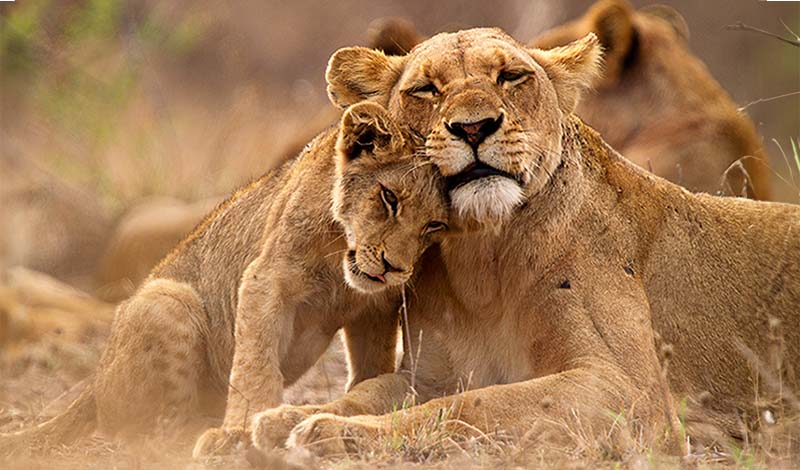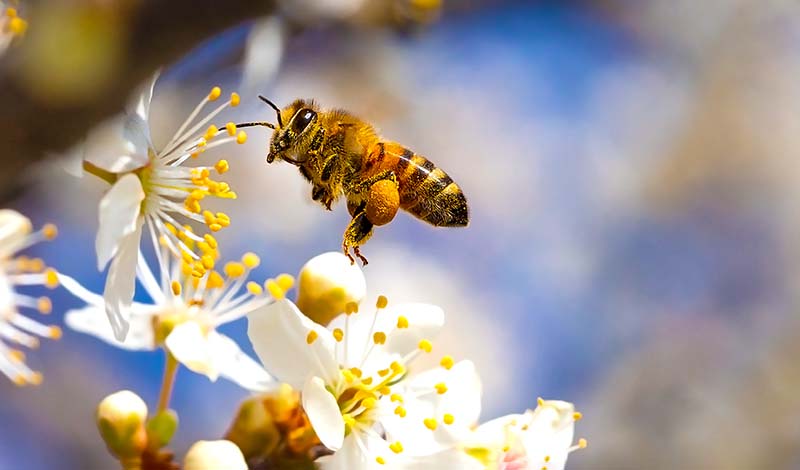
2.5-minute read
And just like that, it’s December…
Before we give Wild & Wondrous a holiday rest, we’d like to dedicate one of the last posts of the year to one of our favorite topics: community conservation—local communities working together to restore nature and protect wildlife. This rights-based, bottom-up approach to preserving global biodiversity is one of the most effective strategies for healing our planet. What makes it work? It’s low cost, it’s flexible, and it benefits both people and endangered species. What’s not to love?
From the Florida Keys to the Amazon rainforest to the savannahs of East Africa, innovative conservation organizations are empowering local communities to protect the land and seascapes that sustain them and native wildlife and support the healthy functioning of ecosystems.
One of the most impactful community-based conservation organizations operating today and an all-around, results-oriented top pick that inspires us throughout the year is Big Life Foundation. Whether you’re new to their work or already a fan and can spare a moment to be re-enthused, we’d like to share some highlights about how they do what they do so well.
Big Life’s team of 500-plus rangers protects and secures wildlife and critical habitat across 1.6 million acres across the Greater Amboseli Ecosystem in East Africa. Home to an amazing variety of wildlife like African bush elephants, impalas, lions, cheetahs, Masai giraffes, Grant’s zebras, and eastern black rhinos, Big Life’s area of operation is one of the most important habitats left in Africa.
The secret to Big Life’s effectiveness is they understand that the only way to protect wildlife and wildlands is to win the hearts and minds of local communities and provide a mutual benefit through conservation—win-win. By including people in the decision-making processes that affect their livelihoods and offering income-generating opportunities, healthcare, education, school lunches, sustainable farming projects, land leases, and other critical community support, Big Life has been incredibly successful in helping to protect one of the world’s few remaining natural treasures.
One of their most important initiatives is preserving corridors for migrating wildlife—like Africa’s last tusker elephants. You can read about the challenges of saving space for these giants and other endangered wildlife here. And if you’d like to join us in supporting Big Life’s holistic, community-based conservation programs, you can put your love and hope into action here. Because when people come together to heal the Earth, amazing things can happen!

ICYMI Nature News: Resilience, Beauty and Brilliance.
These Penguins Take a Thousand Naps a Day
When it comes to power napping, it’s hard to beat the micro-sleeping skills of chinstrap penguins. To keep a watchful eye on nests and chicks while also managing to snooze, the Antarctic birds only sleep for seconds up to a thousand times a day. Talk about dedicated parenting!
Redwoods Recovering from Fire Sprout 1000-Year-Old Buds
In an amazing testament to the resilience of nature, scientists have discovered that northern California redwoods affected by a 2020 wildfire mobilized sugar energy to sprout centuries-old buds. Who’s a clever ancient tree!
Starfish Arms Are Actually Head Extensions
They might look like arms, but according to new research, the five appendages forming the star of a starfish are not arms but a part of the creature’s head. That explains why the sea animals have eyes on the ends of their arms—because their arms are not arms but head. Okay.
Preventing Sea Life Entanglement in Advance
What if we could plan to avoid sea animal entanglement a year in advance? Well, thanks to the brilliant work of marine ecologists in Australia, it’s now possible to forecast when whales and turtles are most likely to get caught in fishing gear and keep them out of harm’s way. That’s what we’re talking about.
Has the Time Come for Flatworm Emojis?
If you feel that the current library of animal emojis doesn’t quite represent your full spectrum of emotions or the natural world, scientists agree. To help increase awareness and enthusiasm for all the amazing biodiversity on the planet, they’re calling for an expanded collection of creatures, including invertebrates. Perfect for when a text leaves you feeling… flatworm.
The Beauty of Northern Lights
The travel and photography blog Capture the Atlas has announced the winning photographers of northern lights for 2023. You can enjoy the splendor of nature as captured by artists around the world here.
A Murmuration in Italy
You can read about the mechanics of a starling murmuration here, and you can watch the sheer magnificence of the sound-shapes of birds in flight here, courtesy of everyone’s favorite positive Twitter (X) purveyor, Buitengebieden.
A Celebrity Owl in Central Park
If you’ve not seen news of zoo escapee Flaco, the Eurasian Eagle Owl who has graced NYC’s Central Park with his magnificent presence for the past year, you can read about his fan club here and follow his escapades here. He’s a FWP neighborhood regular, and there is no more hauntingly beautiful sound in this city than listening to Flaco speak at night.
And A Brilliant Podcast on Animal Perception
Science writer Ed Yong’s book, An Immense World, winner of the 2023 Royal Society book prize, is one of the best books we’ve read on the functioning of creature features this year. You can listen to Ed talk about the fascinating world of animal senses right here.
And that’s our final nature news picks for 2023. Thank you so much for reading!




































































